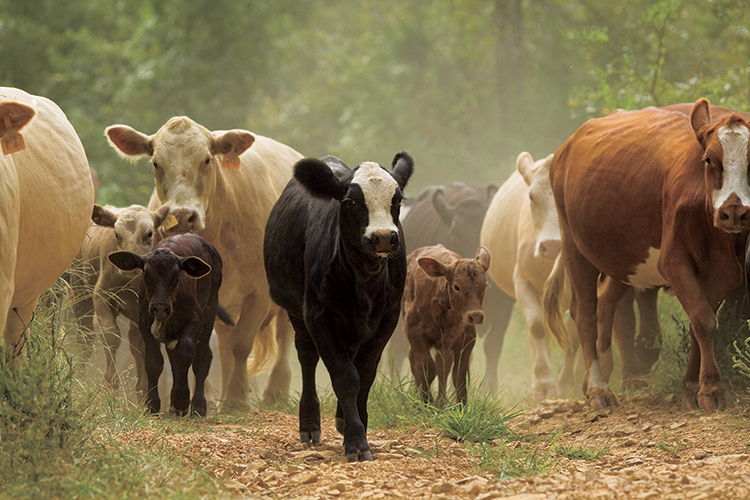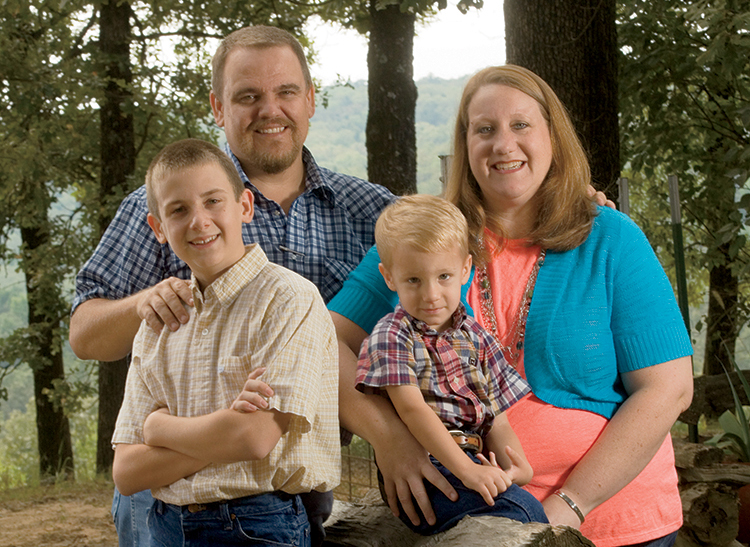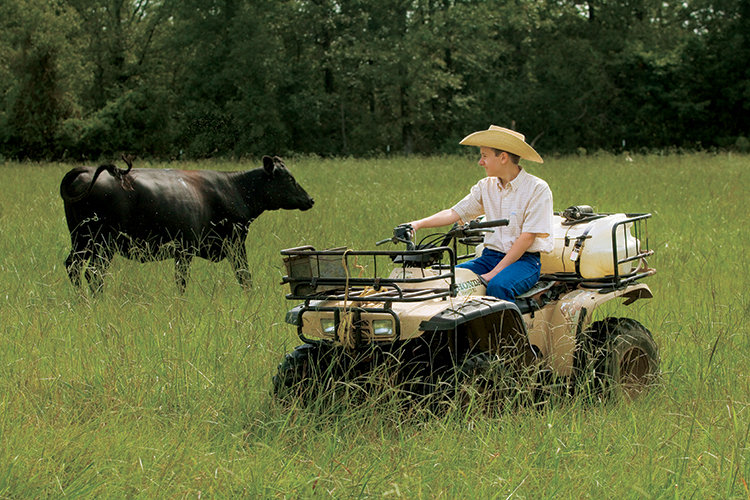Home > Arkansas > Arkansas Crops & Livestock > Arkansas Cattle Farms Prepare for a Comeback
Arkansas Cattle Farms Prepare for a Comeback
When the 2012 drought threatened his cattle farm, Marcus Creasy moved his beef cows to the greenest pastures he could find. He relied on piped water to keep them hydrated. And he thinned the herd, keeping only the top performers.
Meanwhile, feed, fuel and fertilizer prices spiked. Still, this third-generation farmer fresh into his 40s wasn’t about to give up. But he watched drought force retirement on a 62-year-old cattleman to the north, who sold his entire herd.
“He wasn’t going to fight it anymore,” Creasy says. “We have a lot of those stories across the state of Arkansas.” Arkansas’s beef cattle numbers dropped 16 percent from 2010 to 2013. Numbers plummeted from a 10-year peak of 1.91 million cattle in 2010 to a decade low of 1.6 million in January 2013, according to the National Agricultural Statistics Service.
“It will take a few years for the industry to fully recover from the drought’s impacts,” says Adam McClung, executive vice president of the Arkansas Cattlemen’s Association. Drought struck Southwestern Arkansas in 2011 and spread throughout the state in 2012. Some parts of the state still dealt with drought in summer 2013, according to the U.S. Drought Monitor.
“We need at least two or three years of Mother Nature being on our side and input costs playing in favor of our margins,” McClung says. “If that can line up you will see some of the pastures, open now because of the drought, possibly filled back in with cattle.
“We have the numbers that show that cattlemen are optimistic, and they are looking toward a building period.”
He expects that dedicated beef producers like Creasy will be instrumental in the state’s cattle comeback.
Arkansas is known for its family-owned cow-calf operations, in which mama cows give birth to calves. About 80 to 90 percent of those calves later sell through livestock auction barns, McClung says. The calves enter feedlots, where they are fed to market weight.
A smaller percentage of farms also sell purebred breeding stock or may feed calves longer before they head to feedlots, he says. Some even retain ownership in calves that enter feedlots out West.
Young beef cattle producer Mindy Clark sells breeding stock from her family’s farm in Northern Arkansas. She grows her own hay. But drought limited production in 2012, leaving her to buy high-cost, lower-quality hay. Costs nearly tripled in 2012 for the price of an average round hay bale, from $25 to about $65. In response, she reduced her herd by one third in 2012.
She plans to rebuild from her current 50 Angus and crossbred cows. And she credits a new leadership program for giving her the knowledge to improve the herd selection process.
Clark graduated from the Young Cattlemen’s Leadership Class, a one-year program that exposes young cattlemen to the infrastructure of the beef industry. The program’s primary sponsors include the Arkansas Agriculture Department and Arkansas Cattlemen’s Foundation, says Creasy, one of the program’s founders.
The class familiarizes participants with the legislative and regulatory processes and media interaction. The final stage focuses on beef quality, a true gate-to-plate experience involving even doctors and dietitians.
Clark says the program allowed her to see the beef industry beyond her farm. She hopes programs like this help sustain and improve Arkansas agriculture for the next generation.
That’s certainly the intention at Creasy Farms, where Marcus and wife Janet care for 60 cows and two sons, ages 14 and 3.
“From a personal perspective, my intentions are that we work exceptionally hard so that our boys have the opportunity to be able to raise beef cattle,” he says.







